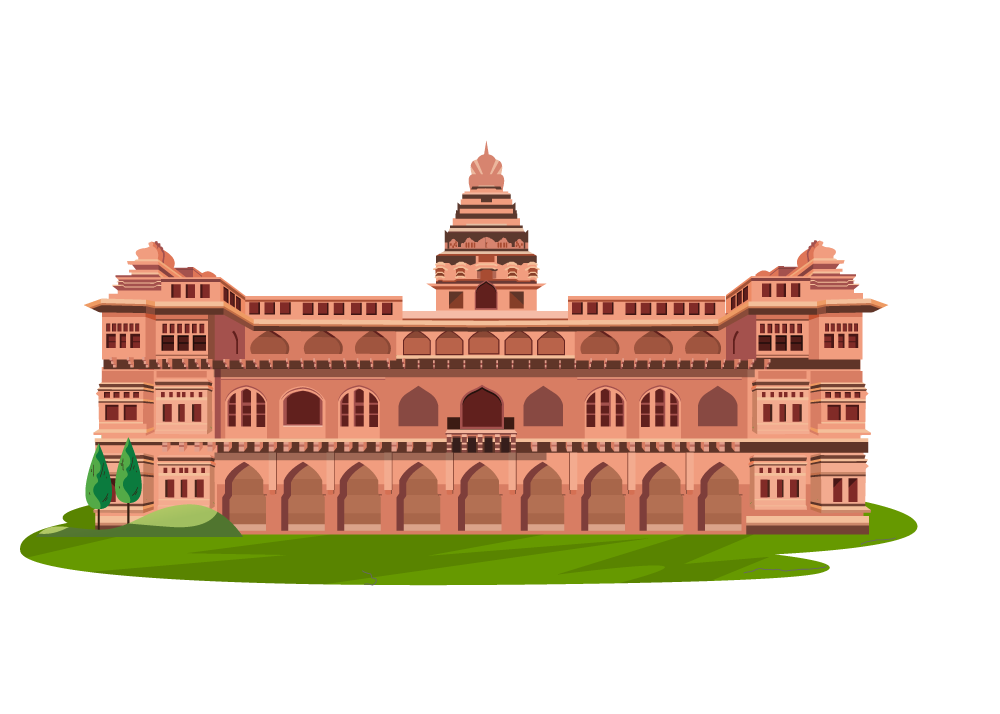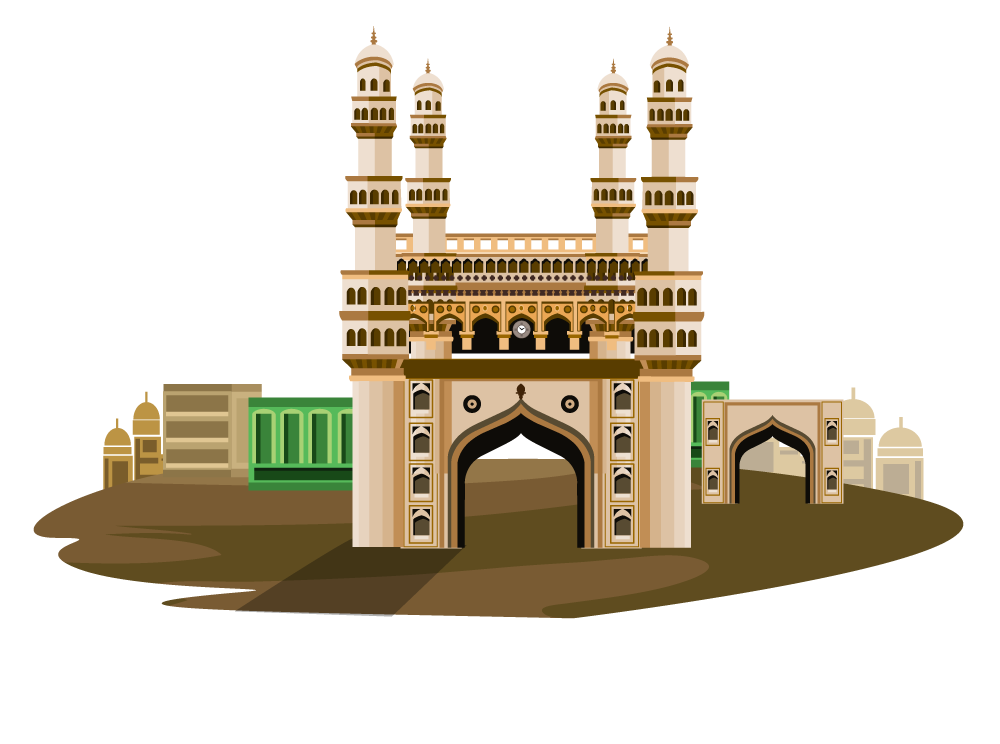





How does India manage its faecal waste?
We trace the journey of a few states in India, which have shown tremendous improvement in treating waste from on-site sanitation systems by putting in place the right policies, regulations and infrastructure.




Maharashtra
Maharashtra is one of the forerunners in India's FSM journey as the state government envisioned going beyond toilet accessibility even before it was widely mandated.




Andhra Pradesh
Steadily heading towards its goal to ensure 100% safe treatment of faecal sludge, championing behavioural transformation among its citizens and nurturing entrepreneurs across the sector.




Telangana
The Telangana State Government in India’s FSSM journey is one of the forerunners, championing gender inclusive sanitation, worker safety and innovations in WSH.




Tamil Nadu
The Government of Tamil Nadu has been a pioneer in the sanitation sector for recognising the importance of total sanitation as core to improving public health standards.




Odisha
The State’s efforts in implementing FSSM has resulted in a remarkable transformation - from 2% treatment of faecal waste till 2016, to 100% either being safely treated or disposed in 2020.




Uttar Pradesh
Uttar Pradesh is steadily scaling the innovations and building capacities of stakeholders on FSSM




Uttarakhand
Uttarakhand is leading wastewater treatment despite a challenging climate and topography, preserving the region's biodiversity

